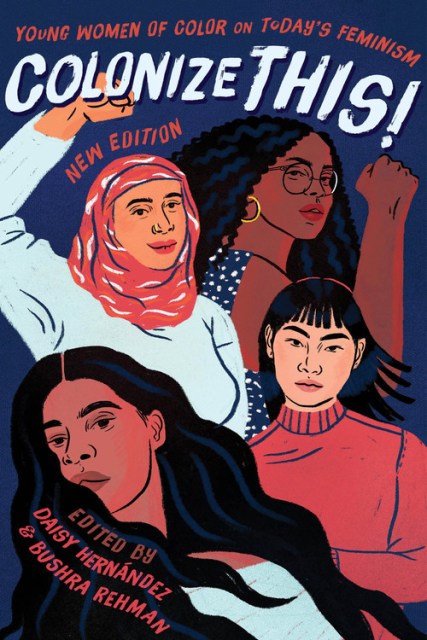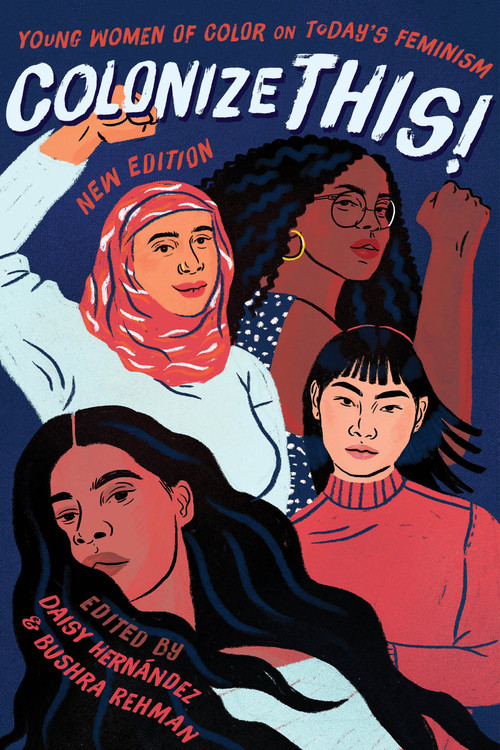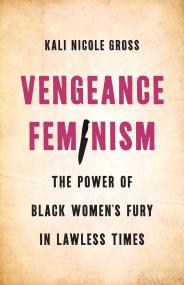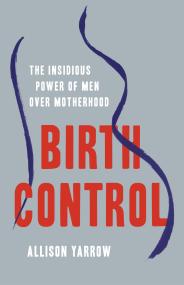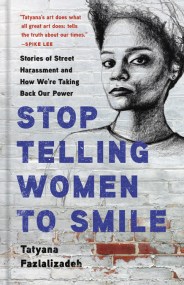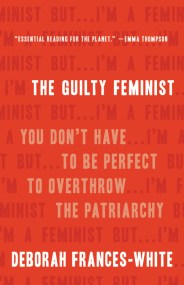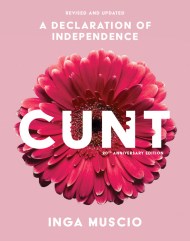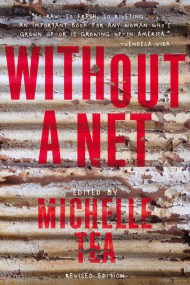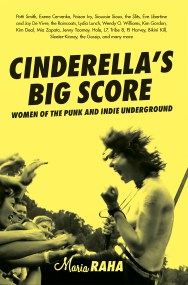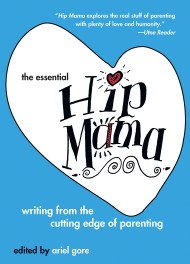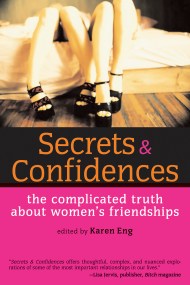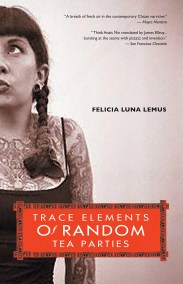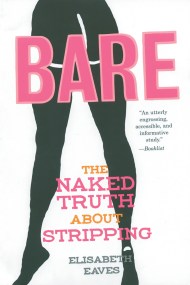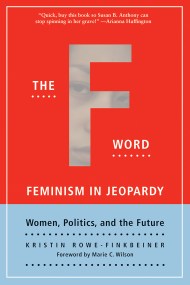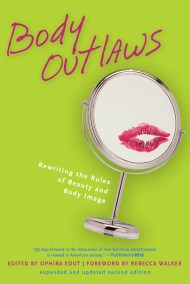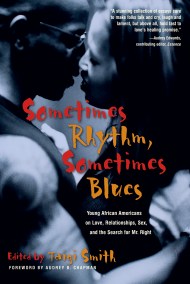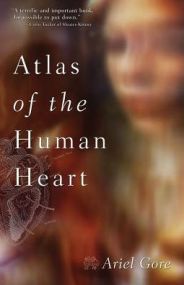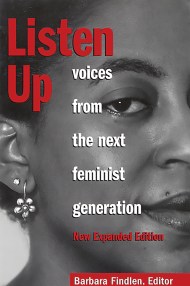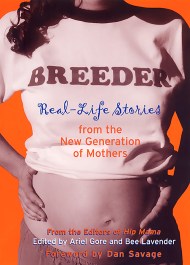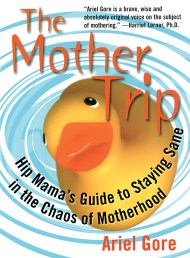Promotion
Use code BEST25 for 25% off storewide. Make sure to order by 11:59am, 12/12 for holiday delivery!
By clicking “Accept,” you agree to the use of cookies and similar technologies on your device as set forth in our Cookie Policy and our Privacy Policy. Please note that certain cookies are essential for this website to function properly and do not require user consent to be deployed.
Colonize This!
Young Women of Color on Today's Feminism
Contributors
Edited by Daisy Hernández
Edited by Bushra Rehman
Formats and Prices
- On Sale
- Jul 16, 2019
- Page Count
- 416 pages
- Publisher
- Seal Press
- ISBN-13
- 9781580057769
Price
$21.99Price
$28.99 CADFormat
Format:
- Trade Paperback (New edition) $21.99 $28.99 CAD
- ebook (New edition) $13.99 $17.99 CAD
- Audiobook Download (Unabridged)
This item is a preorder. Your payment method will be charged immediately, and the product is expected to ship on or around July 16, 2019. This date is subject to change due to shipping delays beyond our control.
Buy from Other Retailers:
Series:
-
One of "18 Books Every White Ally Should Read"Bustle
-
One of "19 Books on Intersectionality that Taylor Swift Should Read"BuzzFeed
-
One of "13 books Every Mujerista and Womanist Should Read"Vibe
-
One of the "100 Best Non-Fiction Books of All Time"MS.
-
"These contemporary 'sistah outsiders' don't shy away from sticky issues when addressing the complexities of their lives. Refusing to simplify in order to fit into someone's mold, these women dare you to dismiss them."Bust
-
"This is one of those books which should be required reading for every young sister out there."Asian Weed
-
"These women express a more radical, racialized feminism that broadens the movement beyond its early incarnation."Booklist
Newsletter Signup
By clicking ‘Sign Up,’ I acknowledge that I have read and agree to Hachette Book Group’s Privacy Policy and Terms of Use
